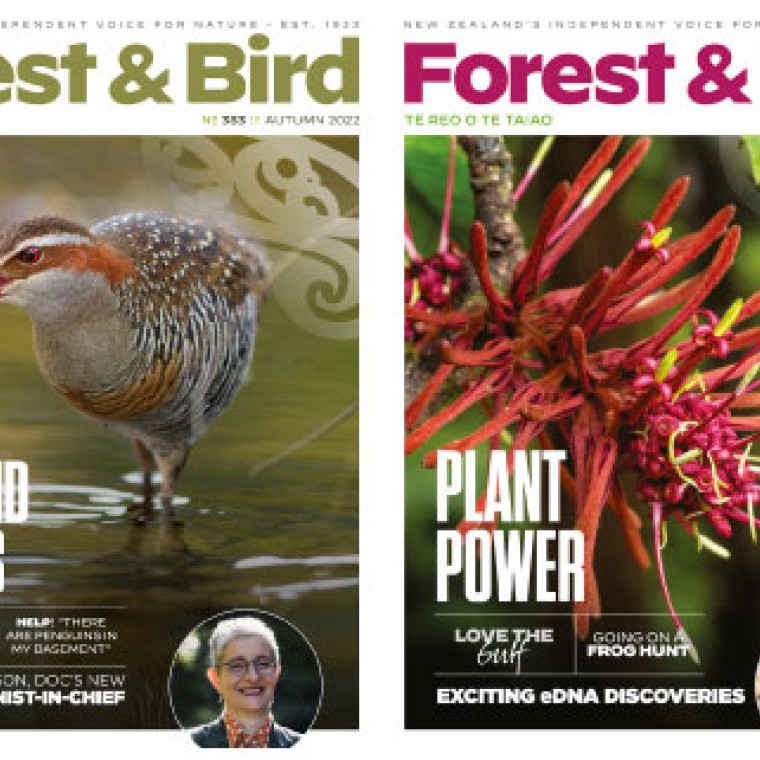Forest & Bird says groundbreaking NIWA-led research, just released, shows New Zealand’s native forests are absorbing significantly more carbon dioxide than previously thought and this should be the catalyst for urgent Government action to knock down populations of pest deer, pigs, goats, wallabies, and possums that are wrecking native forest carbon sinks.
“This new research from NIWA proves that our native forests are working hard to draw down vast amounts of carbon from the atmosphere,” says Forest & Bird’s forests advocate, Dean Baigent-Mercer.
“But our ngahere is achieving this with one hand tied behind its back. This incredible carbon capture – approximately 171 million tonnes of carbon dioxide annually between 2011 and 2020 – is happening despite the fact that many of our native forests are under constant attack by millions of pest deer, pigs, goats, wallabies, and possums.”
A report by Federated Farmers has already put the economic cost of these out-of-control pests at more than $200 million per year to our primary industries.
“The NIWA-led study is a wake-up call and reinforces the urgent need for large-scale co-ordinated action to knock pest animals to low levels, and keep them down, so our native forests have the greatest opportunity to lock in even more carbon each year,” Mr Baigent-Mercer says.
“This is the best spend for taxpayers’ money, not sending taxpayers cash overseas as our Nationally Determined Contribution on climate change to pay other countries to lock in carbon. We need to back our own native forests.
“We are currently in a devastating cycle of destruction where native forests are constantly being eaten from the top-down by possums and from the ground-up by deer, goats, wallabies, and pigs, year in year out, which really undermines how much carbon native forests can lock in.
“These pests scoff the next generation of forest before it can grow, as well as killing mature trees. As trees die, they rot and release carbon dioxide, which feeds more climate change, which kills more trees that rot and release more carbon dioxide, fuelling more climate change.
“These damaged native forests can’t hold land or water as well as they used to, so the risk of flooding downstream of homes, businesses, and towns increases. The only way to stop this cycle is to have co-ordinated long-term action across catchments with people resourced and working together to keep pest animal numbers as low as possible – allowing forests to recover to their full carbon capturing potential.
“Protecting our native forests is one of the smartest investments we can make. It is a win-win-win by restoring our native biodiversity, preventing erosion and sedimentation in our waterways, as well as locking in carbon and connecting New Zealanders with nature.”
Forest & Bird is calling on the Government to act on this new evidence and support the full climate-fighting potential of our native forests. This requires:
- Continued Government investment in scientific research to improve how we measure carbon sequestration and emissions in native forests.
- Funding and prioritising co-ordinated large-scale pest control on public and private land to protect these vital natural carbon sinks.
- Resetting the governance of browsing pest animal control to enable effective action.
- Creating incentives to better recognise and incentivise the carbon sequestration and biodiversity benefits of protecting and restoring native forests.
- Rejecting the Herds of Special Interest (HOSI) proposals put forward by the Minister of Hunting & Fishing that changes the legal status of introduced pests by giving them special protected status within national parks and other protected areas.
Background information
